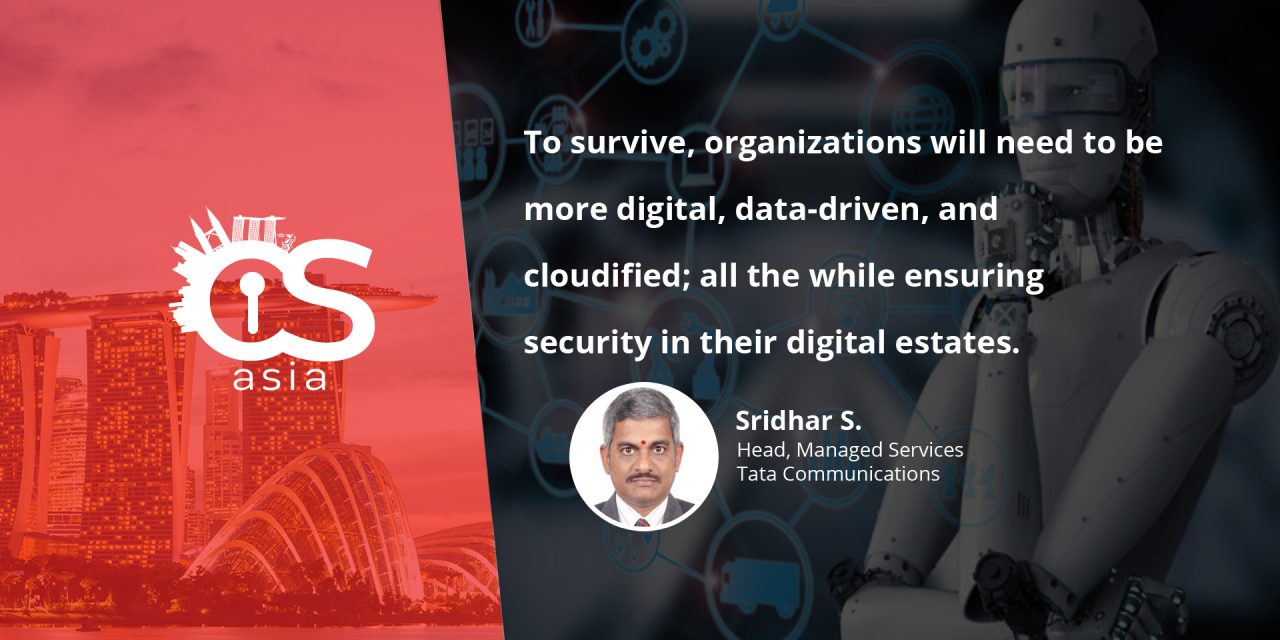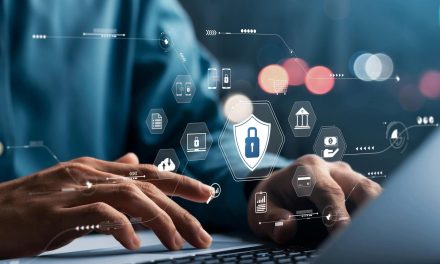Post-pandemic migration to the Cloud is not a bed of roses, but these tips will help draw out the silver lining.
The pandemic has compelled organizations around the world to re-think their approach to security for a truly borderless organization, given the increase in the opportunities for bad actors to target the large number of workers who are now accessing an organization’s resources from outside their protected corporate network perimeters.
So, what happens when the pandemic ends? We believe that some things will go back to the way they were, for others, there will be a new ‘normal’. However, one thing is certain: to survive, organizations will need to be more digital, data-driven, and cloudified; all the while ensuring the security of their digital estate. Remote-working will become prevalent, and organizations will accelerate cloud adoption as they walk a tightrope between the need for cost savings and accelerating digitalization securely.
With that in mind, here are the top tips for organizations to prepare and secure themselves for the near future:
- Arm yourselves for a resurgence in cloud transformation
The cloud is not new but the pandemic has given everyone a taste of the resilience that the cloud offers. Also, since most enterprises are expected to go slow on hiring and also long-term capital investments, they are likely to meet their near- to medium- term IT requirements by shifting their workloads to the cloud.
Upon that shift, businesses will need to be armed with the tools and solutions to contextually monitor all resources provisioned in real-time, and enforce the right policies on cloud ownership, thus ensuring the security at every stage of the cloud journey. This will also mitigate ‘cloud sprawl’.
Businesses will also need to extend data security controls to the cloud in order to gain full control and regulate the movement of enterprise data with the help of cloud data loss prevention solutions. - Assess your network security controls
With the surge in the remote-working businesses will also need to continuously assess the security settings of firewalls and internet providers as they block some of the intended remote access.
As an increasing number of remote users log in to the corporate network via the internet, consider using a Secure Web Gateway solution that enforces company security policies and filters malicious internet traffic in real-time.
In the past few months, there have been significant volumes of DDoS attacks on enterprises and government bodies around the world. Make sure to use DDoS detection programs that will help detect a possible attack and activate a lockdown for your systems.
Lastly, consider bolstering network security with the help of predictive modelling tools for early warnings on network service disruption due to cyberattacks so that preventive actions can be taken. - Consider adopting a ‘zero-trust’ security model
The Zero Trust framework dictates that only authenticated and authorized users and devices can access an organization’s applications and data. It assumes that attackers exist—both within and outside of the corporate network—so no users or devices should be automatically trusted.
The zero-trust approach can help reduce attack surfaces by minimizing each user’s exposure to sensitive parts of the network, and it is especially useful for securing remote employees. - Define and enforce granular access permissions for all users
Deploy and use Multi-Factor Authentication and privileged access management solutions where possible. This will better ensure that only the right people have access to the right resources in your systems and no one else. This is especially important in the case of remote super users or administrators who access and manage mission critical infrastructure.
Also, the use of User and Entity Behavior Analytics (UEBA) will help identify any anomalies in the behavior of remote-workers that could indicate potential threats or breaches.
Lastly, use Cloud Access Security Broker solutions to help detect shadow IT cloud services and gain visibility into user activity with sanctioned cloud applications. - Develop comprehensive cybersecurity guidelines and training for remote-employees
It is important for organizations to run periodic security awareness campaigns to educate employees on safe remote-working protocols and procedures for threat identification and escalation.
Proactively provide employees with reference points for the equipment they need to use while working from home. This will help in preventing vulnerabilities resulting from usage of unsecured devices. - Augment your security capabilities with AI-enabled tools
Augment your threat management capabilities by deploying the latest threat intelligence to provide the right quality and context as well as AI/Machine Learning and UEBA capabilities, next-generation security analytics and Managed Detection and Response capabilities to enable anytime, anywhere monitoring of remote workers and their endpoints.
Combined with Security Orchestration, Automation, and Response technology, these tools can be effective in autonomously acting on anomalies in a proactive manner, resulting in faster detection and remediation of threats. - Build and strengthen remote-endpoint surveillance and management capabilities
Make sure to provide access to only those employees who have deployed your organization’s mobile device management solution. This will ensure that company-issued data can be remotely wiped clean in the event of a breach. - Renew your commitment to security compliance
Compliance with requirements and regulations is an ongoing challenge for organizations, and it will continue to be difficult to manage in the post-pandemic normal.
Keep on top of the applicable security standards and guidelines, especially those concerning business continuity planning, and remote workers like the ‘NIST Special Publication (SP) 800-46 Revision 2, Guide to Enterprise Telework, Remote Access, and Bring Your Own Device Security’.
COVID-19 has helped transform the way we work: projects that would normally have taken a year to complete, were completed in weeks. It is key for us to take what we have learned from handling the crisis and reimagine it for the ever-evolving security posture of our organization.
Consider this as a solid opportunity to showcase cybersecurity as a key enabler for corporate transformation: one that is integral to operating in the new era where IT environments are simpler, modularized, and nimbler than ever before.

















